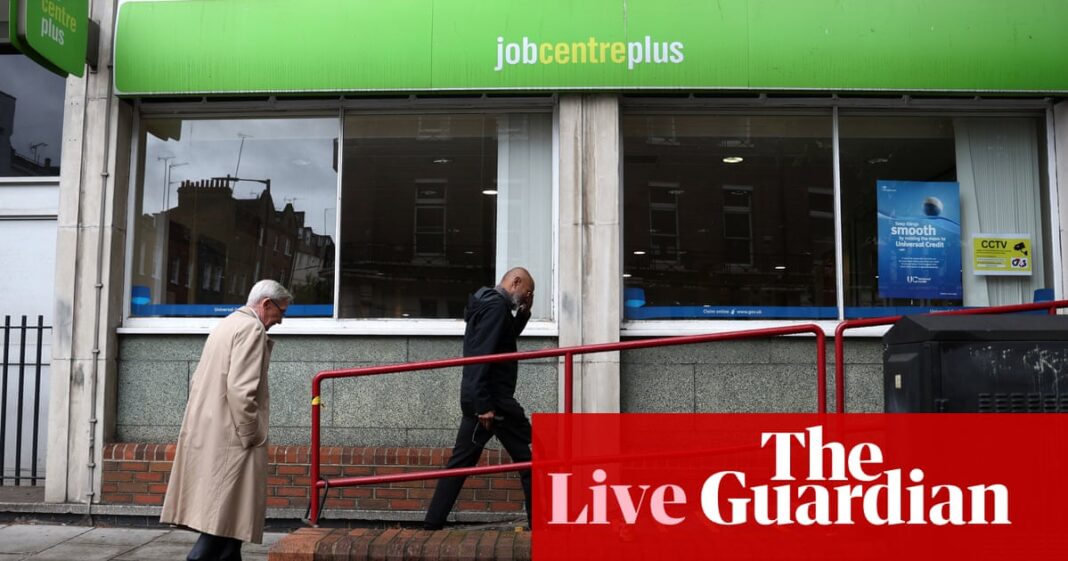Money-saving expert Martin Lewis has issued a crucial alert to all couples, urging them to act swiftly on March 1 to secure a substantial tax break. In his latest advice, Mr Lewis highlighted the potential for married couples to benefit from a significant financial boost if one partner is not employed.
He revealed that eligible pairs could pocket a hefty £1,260 tax break, stating, “It works ‘provided one of you is aged under 90’ – specifically born after the 5th of April 1935.”
Astonishingly, an estimated 2.1 million individuals are missing out on this windfall, but they can claim a backdated sum for four years plus the current year, potentially receiving it in one lump sum. To qualify, one member of the couple must not be a taxpayer, allowing them to transfer the unused portion of their personal allowance.
Mr Lewis clarified, “Imagine we have a couple here. The crucial part of this. One of you needs to be a non-taxpayer, so you are not earning your full personal allowance you can earn before you start paying tax on it.”
For those who don’t pay income tax, this would render them non-taxpayers eligible for the break, while their partner must be taxed at no more than the 20 per cent rate. He added, “Clearly you have to be married or civil partners. Then what happens is this, each of you have your £12,570 personal allowance. That’s the amount you can earn that you don’t pay tax on each year.”
Money-saving expert Martin Lewis has delivered a crucial tip for couples looking to maximise their tax-free allowance. Speaking about the marriage tax allowance, he explained: “So the non-taxpayer can apply to Gov.uk to move 10% of their tax-free allowance across to the basic rate taxpayer.”
He detailed the benefits, saying that this means “the non-taxpayer now has an allowance of £11,310 and the taxpayer has a combined allowance of £13,830.”
Lewis highlighted the financial gain, stating, “Now that 10% extra tax-free allowance they have, remember they would have paid tax on it at 20%, so the gain there is £252 a year, and that’s what moving across works, and in virtually every circumstance, even if the person here earned a little bit above that threshold where they might pay a little bit of tax, but as long as the person on this side is earning over £13,830, you’re always going to be net up if there’s a non-taxpayer and a taxpayer.”
Lewis also stressed the importance of acting swiftly due to a looming deadline tied to the tax year, which ends on April 5. He urged people to claim their dues, saying, “The tax year ends on the 5th of April, you can claim back up to 4 tax years as long as you are eligible, which means A total gain of £1,258.”
He clarified the process, adding, “The way it works for the current year your tax code is changed, for past years they send you a check or they send you a bank transfer. So the marriage tax allowance is absolutely crucial to do.”
However, Lewis noted that the marriage allowance site is down for two weeks for ‘essential maintenance’, a situation he labelled as ‘terrible timing’. He advised people to mark March 1 in their calendars to ensure they don’t miss out.
Martin emphasised the importance of taking action, advising: “So this is what you need to do. Either put in your diary now to do this on the 1st of March. There are 2.1 million eligible couples who are not claiming this, who should be claiming this and could gain. So do it on the 1st of March, or if you’re the type of person, and some people are who go, if I don’t do it now I’ll never do it, then you can go onto gov.uk you can download a form online and then you can post that in.”
He then addressed the urgency of meeting deadlines: “And as long as it all happens before the 5th of April, you will get this year’s and you will be able to backclaim the prior 4 years. But frustratingly, I found out this afternoon they’ve just taken it down. Terrible timing, but hey, these things happen.”
The guidance concluded with a call to action: You can apply for marriage tax allowance here.


